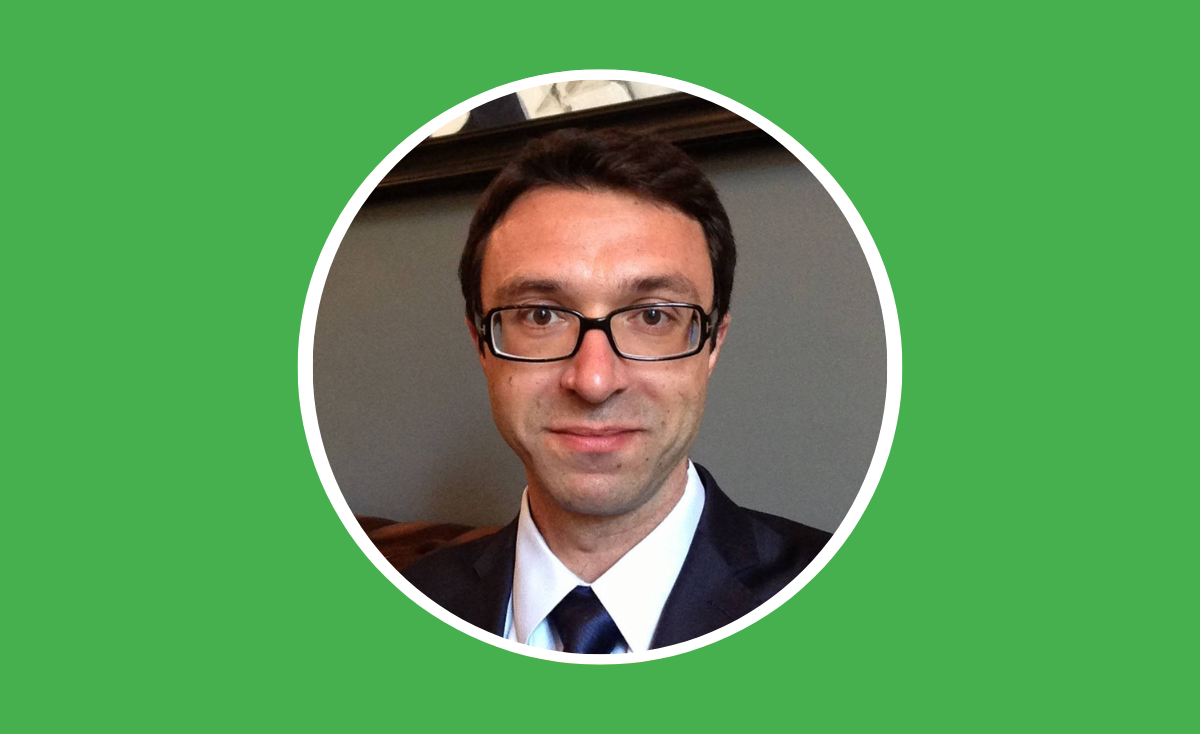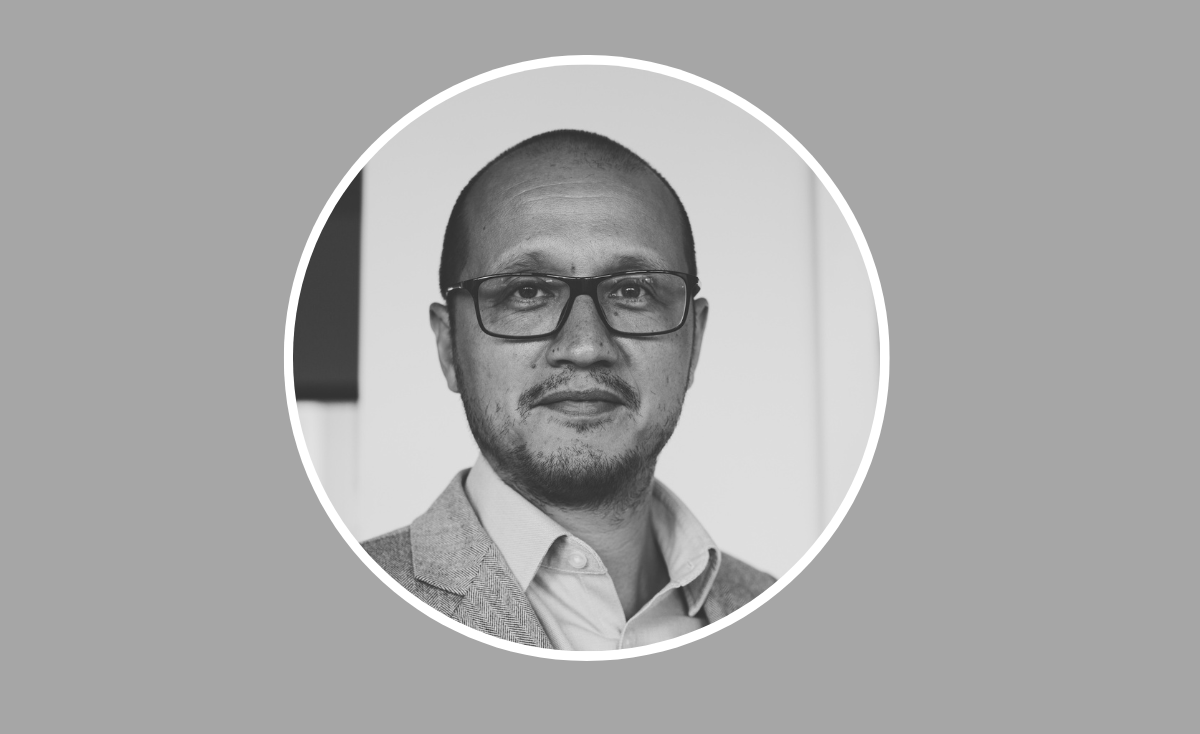 Kroum Sourov, Lead ESG Analyst, ESG Sovereign Research at Candriam.
Kroum Sourov, Lead ESG Analyst, ESG Sovereign Research at Candriam.
Maya Sibul: How do you ensure you’re adequately balancing E, S, and G priorities? Where do you delegate resources now, and how do you anticipate this balance changing in the future?
Kroum Sourov: Sustainability considerations are at the heart of our investment decision making, and we have policies that define which ESG-related factors we need to consider for equity and fixed income asset classes. Our sustainability team is made up of 25 people who work closely with our investment management team and our legal, compliance, investment solutions, and sales teams – amongst others.
Beyond the integration of ESG parameters within investment decision-making, we seek to translate these efforts into measurable outcomes. This is reflected in the goals we set for our sustainable products to have long-term positive impact on environment and social objectives, including, as an example, achieving either a significant reduction in greenhouse gas emissions of investee companies (compared to the benchmarks of the funds) or seeking an alignment with an agreed degree target in line with a temperature warming pathway.
"The existential threat of climate change is always present. Because damages to natural capital are often irreversible, we utilise this lens to assess sustainability."
We've also mapped out our internal sustainable goal framework with the main external frameworks like Sustainable Development Goals (SDGs), Paris Agreement Goals, and the EU Taxonomy objectives of climate mitigation and adaptation.
However, in terms of challenges, the existential threat of climate change is always present. Because damages to natural capital are often irreversible, this lens is a big one we utilise to assess sustainability. We really need to foster social consensus and make sure we don't leave anyone behind.
Maya: Given developing regulation in continental Europe and the UK, which assets are particularly attractive from a risk standpoint? How do you predict this mix shifting in the next few years, if at all?
Kroum: Both debt and equity have their place in a balanced sustainable portfolio.
For example, some technological solutions that are just being developed could benefit from taking equity exposure and offering higher risk, but also higher potential return. Others would benefit from debt financing.
"The attractiveness of bonds has increased in the higher interest rate environment we are currently experiencing."
The attractiveness of bonds has increased in the higher interest rate environment we are currently experiencing, and some already developed and proven solutions could better benefit from debt financing.
Maya: How does domicile influence E, S, or G investment focus and operational load, and what are some of the biggest market differences you’re seeing – for example, between developed and emerging, or amongst different regions?
Kroum: Different geographical regions have different issues and challenges. For instance, Latin America is a lot further along when it comes to energy transition than Asia, and developed markets benefit from better governance than emerging markets.
Our framework assesses what factors are the most material for the future sustainable development of a country – such as energy transition, sustainable trade, responsible use of natural resources, and democracy – and puts the focus of the assessment on the performance in the most material areas. This means that countries that are on the most sustainable path to development would be the preferred destination for capital allocation.
Maya: How useful is the Sustainable Finance Disclosure Regulation (SFDR) in clarifying investment theses and adding value for clients – or is it more of a box-ticking exercise? What is needed to improve the framework for managers and investors?
Kroum: Although regulation is important and useful, our industry should not rely on it to tell us what to do.
"Investors are becoming increasingly knowledgeable about ESG and sustainable investments, so box-ticking is less and less likely to attract attention and asset growth."
Investors are becoming increasingly knowledgeable about ESG and sustainable investments, so box-ticking is less and less likely to attract attention and asset growth. Investing in a sustainable manner offers new, solid opportunities and industry players just trying to tick a box to satisfy regulators are unlikely to take advantage of these new opportunities that the transitioning global economy offers.
Maya: What comes next after reporting? Beyond eliminating greenwashing and accurately accounting for changing labels and regimes, what is the bigger picture of what you’re trying to achieve with ESG – is it risk mitigation, stewardship, longevity, etc.?
Kroum: We aim to direct capital towards sustainable opportunities tackling some of the biggest environmental and social issues of our time – such as climate change and supporting the energy transition and the treatment and cure for cancer, amongst other things. We're aiming to turn investment away from unsustainable and destructive activities, and believe that this is how we can solve the many challenges in the ESG realm.
"We're aiming to turn investment away from unsustainable and destructive activities, [and] engagement and stewardship have an important role in this process."
Every industry has a part to play, and we also feel that engagement and stewardship have an important role in this process.
Kroum will be speaking at ESG Investment Leader | Europe 2023 in November in London on “Managing resources in an overcommitted world: Emerging regulation, attractive assets, and coping with shifting E, S, and G priorities”.
For more information, including how to register to attend, click here.
Please Sign In or Register to leave a Comment.
SUBSCRIBE
Get the recent popular stories straight into your inbox




